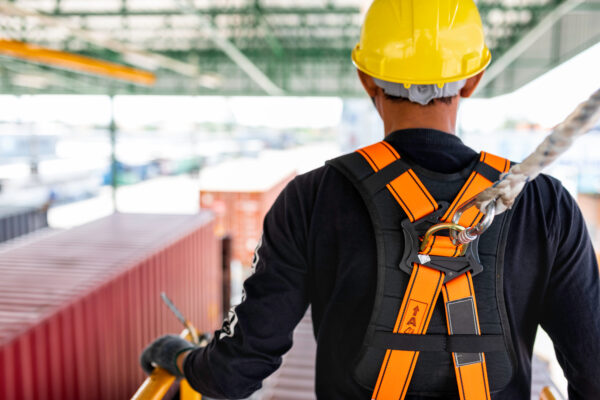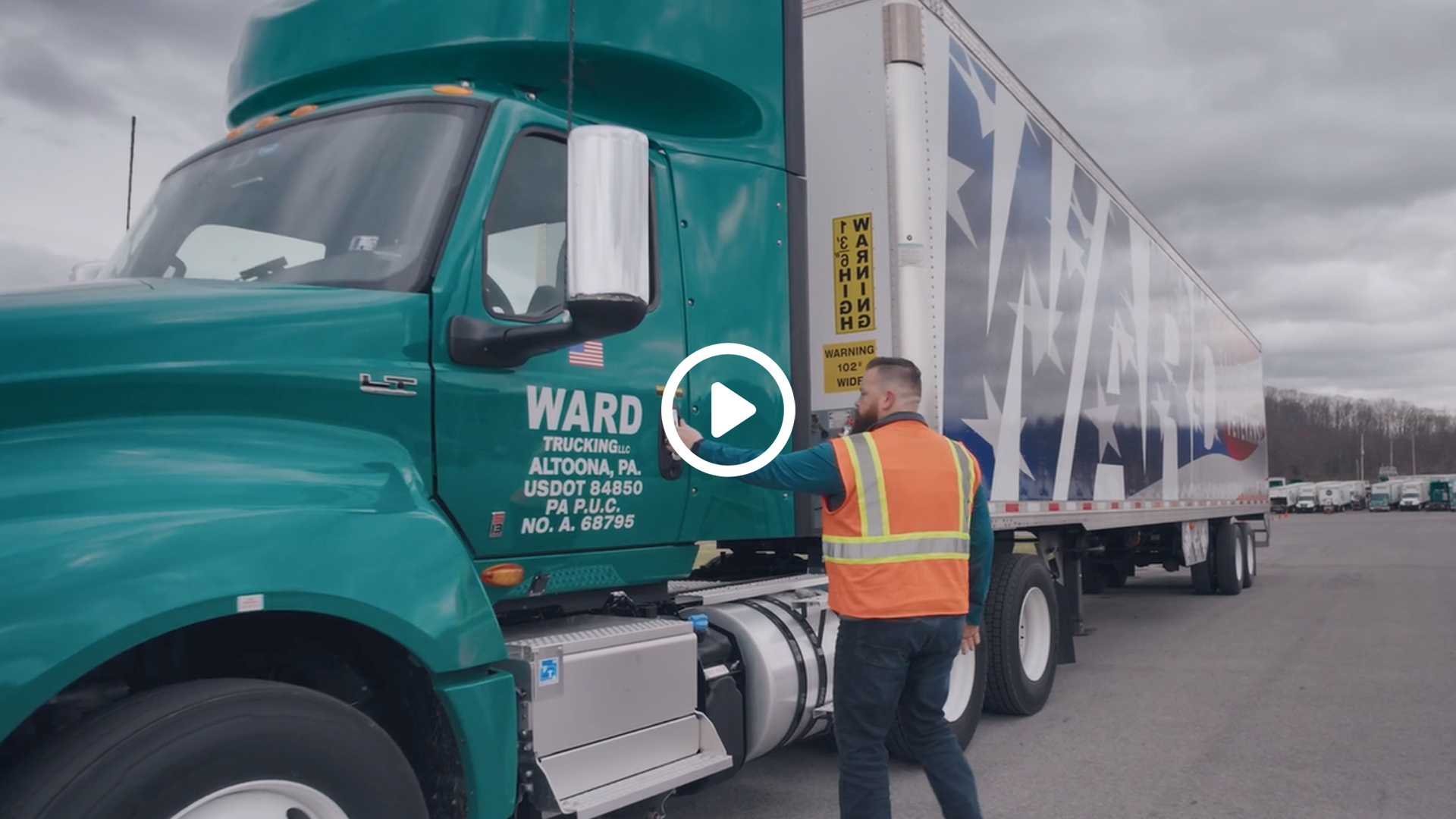 The Occupational Safety and Health Administration (OSHA) plays a crucial role in ensuring the well-being of construction workers by enforcing safety regulations. Here are the top 10 OSHA citations for 2023 in construction safety and best practices to prevent these violations.
The Occupational Safety and Health Administration (OSHA) plays a crucial role in ensuring the well-being of construction workers by enforcing safety regulations. Here are the top 10 OSHA citations for 2023 in construction safety and best practices to prevent these violations.
- Fall protection – Residential construction: With a staggering 5,084 serious citations, fall protection in residential construction tops the list. To address this issue, companies should prioritize fall protection measures such as guardrails, safety nets, and personal fall arrest systems. Regular training on fall hazards and the proper use of protective equipment is essential.
- Eye & face protection: The use of appropriate eye and face protection is critical to prevent injuries from flying debris, chemicals, and other hazards. Companies should ensure that workers have access to and properly use safety glasses, goggles, and face shields. Regular inspections and training can help reinforce the importance of eye and face protection.
- Ladders not extending 3′ above landing: Ladders are commonly used in construction, and their safe use is crucial. To prevent falls, ladders should extend at least 3 feet above the landing. Employers should provide proper ladder training, conduct regular inspections, and ensure that workers use ladders correctly.
- Training for those exposed to fall hazards: Training for workers exposed to fall hazards is crucial, especially considering that fall protection is the top OSHA citation in construction. Employers should prioritize providing comprehensive training on fall prevention, hazard recognition, and the proper use of fall protection systems. Regular refresher courses and ongoing education can further reinforce safe practices and help prevent violations.
- Head protection: Head injuries can be severe and life-threatening. Employers must ensure that workers wear appropriate head protection, such as hard hats, in areas where there is a risk of falling objects or head impact. Regular inspections and training can help promote a culture of safety.
- Unprotected sides and edges: Unprotected sides and edges pose a significant risk of falls. Employers should implement guardrail systems, safety nets, or personal fall arrest systems to protect workers. Regular inspections and hazard assessments can identify areas that require protection.
- Aerial lifts – Fall protection while in basket: Aerial lifts are commonly used in construction and fall protection while in the basket is crucial. Employers should ensure that workers use appropriate fall protection equipment, such as harnesses and lanyards, when working from aerial lifts. Training on safe operation and fall prevention is essential.
- Fall protection – Roofing work on low-sloped roofs: Roofing work on low-sloped roofs presents unique fall hazards. Employers should provide proper fall protection systems, such as guardrails or personal fall arrest systems, to protect workers. Regular training and supervision can help ensure compliance with safety measures.
- Scaffolds – Fall protection above 10′: Scaffolds are commonly used in construction, and fall protection is crucial when working at heights above 10 feet. Employers should provide guardrails, personal fall arrest systems, or other appropriate fall protection measures. Regular inspections and training can help prevent scaffold-related accidents.
- Training requirements – Written certification record: Proper documentation of training is essential to demonstrate compliance with OSHA regulations. Employers should maintain written certification records of employee training on fall protection, hazard recognition, and other safety topics. Regular audits can ensure the accuracy and completeness of these records.
Preventing OSHA citations in construction safety requires a proactive approach. Compliance with OSHA regulations not only protects workers but also enhances worker productivity and reduces costs associated with injuries and penalties.
MMA construction safety consultants can help put together a proactive safety program unique to your construction needs.



